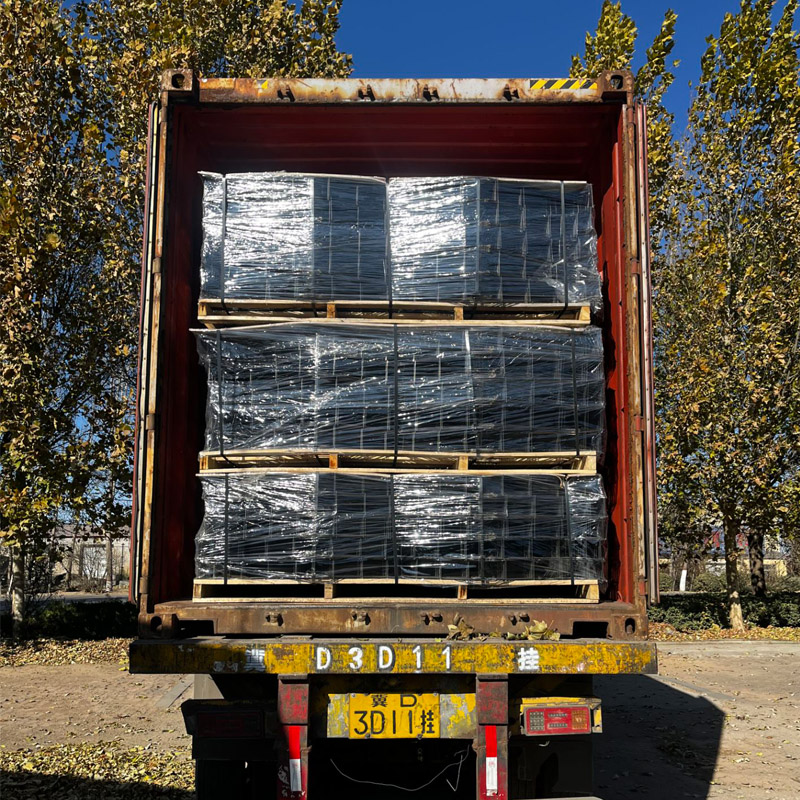
- Mobile Phone
- +8613931874955
- sales@cntcmetal.com
masonry anchor ties
Understanding Masonry Anchor Ties Importance and Applications
Masonry structures, known for their durability and aesthetic appeal, have been integral to architecture for centuries. However, as with any construction type, masonry buildings require proper support and reinforcement to withstand environmental stresses. One of the critical components in ensuring the resilience of masonry structures is the use of masonry anchor ties.
Masonry anchor ties are devices that connect masonry walls to other structural elements, such as steel or concrete frames. This connection is vital for maintaining the structural integrity and stability of a building, especially in areas prone to high winds, earthquakes, or other forces. Anchor ties help prevent the walls from moving independently of the frame, reducing the risk of cracking, bowing, or complete structural failure.
The functionality of masonry anchor ties can be broken down into several key roles. Firstly, they provide lateral stability. In tall masonry structures, vertical loads and lateral forces can cause instability. By anchoring the masonry to a more rigid framework, ties minimize movement and help distribute loads. This stabilization is crucial in ensuring that the structure can withstand both environmental loads and the inherent weight of the masonry itself.
masonry anchor ties

Secondly, masonry anchor ties improve resistance against moisture penetration. In many designs, these ties serve a dual purpose by acting as drainage points. Adequate drainage is essential in masonry construction, as trapped moisture can lead to various issues, including mold growth, deterioration, and even structural weakening. By ensuring proper drainage, anchor ties contribute to the longevity and maintenance of masonry buildings.
Choosing the right type of anchor tie is crucial, as various materials and designs are available to cater to different environmental conditions and structural requirements. For example, stainless steel ties offer excellent corrosion resistance, making them ideal for coastal regions with salty air. On the other hand, plastic ties may be suitable for lighter masonry applications and areas less prone to moisture.
The installation process of masonry anchor ties requires careful planning and adherence to local building codes. Typically, ties must be spaced at regular intervals to ensure even load distribution. Proper installation also necessitates consideration for factors such as wall thickness, type of masonry, and the building’s overall design. Failure to install anchor ties correctly can lead to serious structural issues down the line.
In conclusion, masonry anchor ties play a vital role in the durability and safety of masonry structures. Their ability to provide lateral stability, prevent moisture penetration, and distribute loads makes them essential components in modern masonry construction. As architectural designs continue to evolve, understanding the importance of masonry anchor ties will help ensure that buildings not only look good but also stand the test of time. Proper installation and selection of these ties are fundamental to maintaining the integrity and longevity of masonry constructions, benefitting both builders and occupants alike.
share:
-
Your Source for Concrete Wall Ties and Masonry AccessoriesNewsJul.10,2025
-
Unlocking the Power of Iron Wire for Every ProjectNewsJul.10,2025
-
Explore Advanced Chain Wire and Stainless Steel Mesh FencingNewsJul.10,2025
-
Discover the Benefits of Annealed Wire ProductsNewsJul.10,2025
-
Discover China Stainless Steel Wire Mesh SolutionsNewsJul.10,2025
-
Build with Confidence Using High-Performance Masonry AccessoriesNewsJul.10,2025
-
Why Sacrificial Formwork Is Redefining Underground ConstructionNewsJun.06,2025



















